Home>Home Appliances>Kitchen Appliances>How To Dry Basil Leaves In A Dehydrator
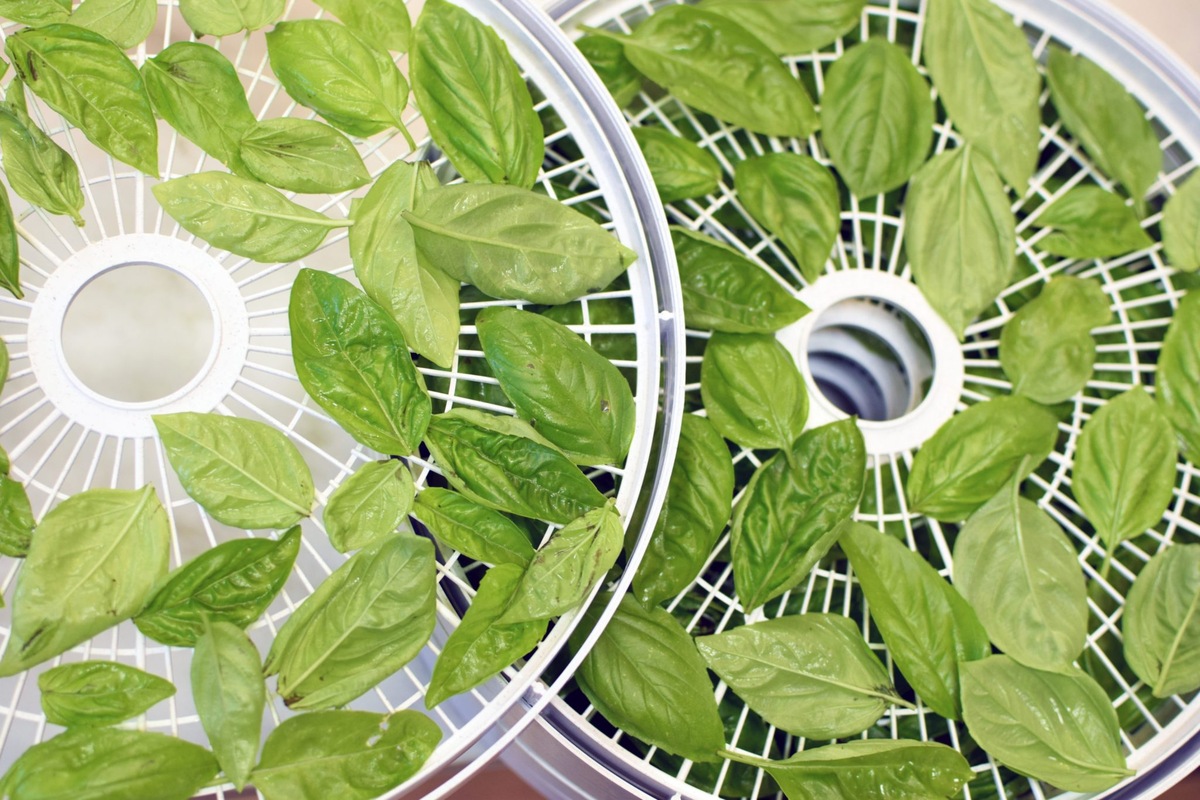

Kitchen Appliances
How To Dry Basil Leaves In A Dehydrator
Modified: February 26, 2024
Learn how to dry basil leaves in a dehydrator with our easy step-by-step guide. Preserve your herbs using kitchen appliances for long-lasting flavor.
(Many of the links in this article redirect to a specific reviewed product. Your purchase of these products through affiliate links helps to generate commission for Storables.com, at no extra cost. Learn more)
**
Introduction
**
Welcome to the wonderful world of drying basil leaves in a dehydrator! Basil is a versatile herb that adds a delightful flavor and aroma to various dishes, making it a staple in many kitchens. Whether you have an abundant harvest of fresh basil from your garden or you simply want to preserve store-bought basil for future use, drying basil leaves in a dehydrator is a fantastic way to extend their shelf life while retaining their vibrant color and robust flavor.
In this comprehensive guide, we will delve into the art of drying basil leaves in a dehydrator, exploring the benefits of this preservation method, the process of choosing and preparing basil leaves, the steps for using a dehydrator to dry basil leaves, and the best practices for storing and utilizing the dried basil. By the end of this journey, you will have the knowledge and confidence to harness the power of your dehydrator to create a bountiful supply of dried basil leaves that will elevate your culinary creations to new heights.
**
Key Takeaways:
- Drying basil leaves in a dehydrator extends their shelf life, intensifies their flavor, and adds convenience to your culinary adventures, empowering you to elevate dishes with ease and creativity.
- By mastering the art of drying basil leaves, you capture nature’s bounty, embrace culinary versatility, and empower yourself to preserve the essence of fresh herbs, inspiring sustainable and self-sufficient culinary endeavors.
Read more: How To Dry Bay Leaves In A Dehydrator
Benefits of Drying Basil Leaves
**
Drying basil leaves offers a multitude of benefits that make it a preferred method of preservation for this aromatic herb. Here are some compelling reasons to consider drying basil leaves in a dehydrator:
- Extended Shelf Life: Drying basil leaves significantly extends their shelf life, allowing you to enjoy the flavors of fresh basil long after the growing season has ended. Properly dried and stored basil can maintain its quality for up to a year, ensuring that you always have this essential herb on hand.
- Intensified Flavor: The drying process concentrates the essential oils within the basil leaves, resulting in a more potent and robust flavor. When rehydrated, dried basil leaves can infuse your dishes with a burst of aromatic goodness, enhancing the overall taste profile.
- Convenience and Accessibility: Having a stash of dried basil leaves readily available in your pantry eliminates the need for frequent trips to the grocery store or the hassle of maintaining fresh herbs. You can effortlessly incorporate dried basil into your recipes whenever inspiration strikes.
- Versatility in Culinary Applications: Dried basil leaves can be used in a wide range of culinary creations, including soups, stews, sauces, marinades, and seasoning blends. Their versatility makes them a valuable addition to any kitchen, allowing you to elevate the flavor of diverse dishes with ease.
- Preservation of Nutritional Value: When dried properly, basil leaves retain a significant portion of their nutritional content, including vitamins, minerals, and antioxidants. By preserving these beneficial compounds, dried basil contributes to the nutritional value of your meals.
By harnessing the benefits of drying basil leaves in a dehydrator, you can elevate your cooking endeavors, infuse your dishes with exceptional flavor, and savor the essence of this beloved herb throughout the year.
**
Choosing and Preparing Basil Leaves
**
Before embarking on the journey of drying basil leaves in a dehydrator, it’s essential to select the right basil leaves and prepare them meticulously to ensure optimal results. Here’s how to make the best choices and prepare the leaves for the drying process:
Choosing Fresh Basil Leaves: When selecting basil leaves for drying, opt for fresh, vibrant leaves that are free from blemishes or signs of decay. The leaves should boast a rich green color and a firm texture, indicating their peak freshness and flavor. If you’re harvesting basil from your garden, pick the leaves in the morning when their essential oils are most concentrated.
Washing and Drying: Before drying, gently wash the basil leaves under cool running water to remove any dirt, debris, or residual pesticides. Pat the leaves dry with paper towels or use a salad spinner to ensure they are completely free of moisture. It’s crucial to dry the leaves thoroughly to prevent mold growth during the drying process.
Removing Stems and Imperfections: Inspect each basil leaf and remove any stems, discolored spots, or damaged areas. Trim off the stems close to the base of the leaves, as they tend to dry at a different rate and may result in uneven drying. Discard any leaves that show signs of wilting or spoilage to maintain the quality of the dried basil.
Leaving the Leaves Whole: For optimal flavor retention, it’s advisable to leave the basil leaves whole rather than chopping or crushing them before drying. This helps preserve the essential oils and aromatic compounds within the leaves, ensuring a more flavorful end product.
By carefully selecting fresh basil leaves and preparing them with precision, you set the stage for a successful drying process that will yield aromatic, flavorful dried basil leaves ready to enhance your culinary creations.
**
Using a Dehydrator to Dry Basil Leaves
**
Once you have carefully chosen and prepared your basil leaves, it’s time to harness the power of a dehydrator to transform them into fragrant, shelf-stable treasures. Follow these steps to effectively dry basil leaves using a dehydrator:
Preheating the Dehydrator: Before placing the basil leaves in the dehydrator, preheat the appliance to a low temperature, ideally around 95°F to 115°F (35°C to 46°C). This gentle heat setting facilitates the gradual drying of the leaves while preserving their essential oils and vibrant green color.
Arranging the Basil Leaves: Lay the prepared basil leaves in a single layer on the dehydrator trays, ensuring that they are not overcrowded. This allows for adequate air circulation and even drying. Avoid stacking or overlapping the leaves, as this can impede the drying process and result in unevenly dried basil.
Monitoring the Drying Process: Place the loaded dehydrator trays in the appliance and set the timer for approximately 4 to 6 hours. Throughout the drying process, periodically check the basil leaves for dryness. The leaves are ready when they crumble easily between your fingers, indicating that they have lost all moisture and achieved the desired crispness.
Testing for Dryness: To ensure that the basil leaves are thoroughly dried, select a few representative leaves from different areas of the trays and test their dryness. If they crumble easily and exhibit no signs of moisture or pliability, they are ready to be removed from the dehydrator.
Cooling and Conditioning: Once the basil leaves have reached the desired level of dryness, remove them from the dehydrator and allow them to cool to room temperature. To condition the dried basil leaves, transfer them to a clean, airtight container and let them sit for a few days. This process helps distribute any remaining moisture evenly among the leaves, ensuring uniform dryness and optimal preservation.
By following these steps, you can harness the precision and efficiency of a dehydrator to transform fresh basil leaves into perfectly dried, aromatic treasures that will enhance your culinary endeavors with their intense flavor and vibrant green hue.
**
After washing and patting dry the basil leaves, spread them in a single layer on the dehydrator trays. Set the temperature to 95°F and dry for 4-6 hours, or until the leaves are brittle. Store in an airtight container.
Storing Dried Basil Leaves
**
Once you have successfully dried your basil leaves, proper storage is crucial to maintain their quality and flavor over an extended period. Follow these essential guidelines to ensure that your dried basil leaves remain fresh and aromatic:
Container Selection: Choose a clean, airtight container for storing the dried basil leaves. Glass jars with tight-fitting lids, food-grade plastic containers, or vacuum-sealed bags are excellent options for preserving the flavor and aroma of the basil.
Protection from Light and Heat: Store the container of dried basil leaves in a cool, dark place, away from direct sunlight and sources of heat. Exposure to light and heat can degrade the flavor and color of the basil, diminishing its overall quality.
Absence of Moisture: Ensure that the storage container and the surrounding environment are free from moisture. Any residual moisture can compromise the integrity of the dried basil leaves, leading to mold growth and spoilage. Adding a desiccant packet to the container can help absorb any excess moisture and maintain the dryness of the leaves.
Labeling and Date Marking: Clearly label the storage container with the contents and the date of drying. This practice allows you to track the freshness of the dried basil leaves and ensures that you use the oldest stock first, promoting rotation and preventing waste.
Optimal Shelf Life: When stored under the right conditions, dried basil leaves can maintain their flavor and potency for up to a year. However, for the best results, aim to use the dried basil within six months to enjoy its peak flavor and aroma.
By adhering to these storage practices, you can safeguard the quality and flavor of your dried basil leaves, ensuring that they remain a prized ingredient in your culinary repertoire, ready to impart their delightful essence to a variety of dishes.
**
Tips for Using Dried Basil Leaves
**
Now that you have a supply of fragrant, dried basil leaves at your disposal, it’s time to explore the myriad of ways to incorporate this versatile herb into your culinary creations. Here are some valuable tips for making the most of your dried basil leaves:
Rehydration Method: To rehydrate dried basil leaves for use in recipes that require a moist texture, such as sauces or soups, simply add the desired amount of dried basil to the dish during the cooking process. The moisture in the recipe will naturally rehydrate the basil, infusing the dish with its delightful flavor.
Crushing for Enhanced Flavor: Prior to adding dried basil to your recipes, consider lightly crushing the leaves between your fingers or using a mortar and pestle. This releases the essential oils and intensifies the flavor, ensuring that the dried basil contributes its full aromatic essence to the dish.
Flavoring Oils and Vinegars: Create infused oils or vinegars by adding dried basil leaves to a bottle of high-quality olive oil or vinegar. The dried basil imparts its flavor to the liquid over time, resulting in a delightful, herb-infused condiment that can elevate salads, marinades, and dressings.
Enhancing Breads and Baked Goods: Incorporate dried basil leaves into bread dough, pizza crusts, or savory baked goods to infuse them with a subtle basil flavor. The dried leaves blend seamlessly into the dough, adding a hint of herbal goodness to your homemade baked treats.
Seasoning Blends and Rubs: Combine dried basil with other herbs and spices to create custom seasoning blends and rubs for meats, vegetables, and seafood. The aromatic profile of dried basil enhances the overall complexity of the blend, adding depth and character to your culinary creations.
Finishing Touch on Dishes: Sprinkle a pinch of dried basil over finished dishes just before serving to impart a burst of fresh, herbal flavor. This simple garnish adds visual appeal and a final touch of aromatic delight to your culinary masterpieces.
By incorporating these tips into your culinary repertoire, you can unleash the full potential of dried basil leaves, infusing your dishes with their delightful flavor and aromatic essence, and elevating your cooking to new heights of culinary excellence.
**
Conclusion
**
Congratulations on mastering the art of drying basil leaves in a dehydrator! By embarking on this aromatic journey, you have unlocked a world of culinary possibilities and embraced the timeless tradition of preserving the essence of fresh basil for year-round enjoyment. As you reflect on this enriching experience, consider the following key takeaways:
Capturing Nature’s Bounty: Drying basil leaves allows you to capture the vibrant flavors and aromas of fresh basil, preserving them in a convenient, shelf-stable form that transcends the limitations of the growing season.
Culinary Versatility: The dried basil leaves you have created are versatile culinary assets, capable of enhancing a myriad of dishes, from soups and sauces to breads and seasoning blends. Their intense flavor and aromatic essence are poised to elevate your culinary creations with every sprinkle and pinch.
Empowerment in Preservation: By mastering the art of drying basil leaves in a dehydrator, you have gained the power to preserve the harvest, reduce food waste, and savor the flavors of fresh herbs long after they have been picked, empowering you to embrace sustainability and self-sufficiency in your culinary endeavors.
As you savor the delightful aroma of your dried basil leaves and infuse them into your favorite recipes, remember the journey that brought you to this point—the careful selection of fresh basil leaves, the precision in preparing and drying them, and the artful storage that preserves their essence. Embrace the joy of culinary creativity and the satisfaction of knowing that you have harnessed the essence of fresh basil for your culinary adventures.
May the aromatic allure of dried basil leaves continue to inspire your culinary explorations, enriching your dishes with their timeless charm and inviting you to savor the essence of this beloved herb in every delightful bite.
Here’s to the boundless flavors and aromas that await as you embark on your next culinary masterpiece, armed with the abundance of dried basil leaves that you have skillfully preserved.
Frequently Asked Questions about How To Dry Basil Leaves In A Dehydrator
Was this page helpful?
At Storables.com, we guarantee accurate and reliable information. Our content, validated by Expert Board Contributors, is crafted following stringent Editorial Policies. We're committed to providing you with well-researched, expert-backed insights for all your informational needs.
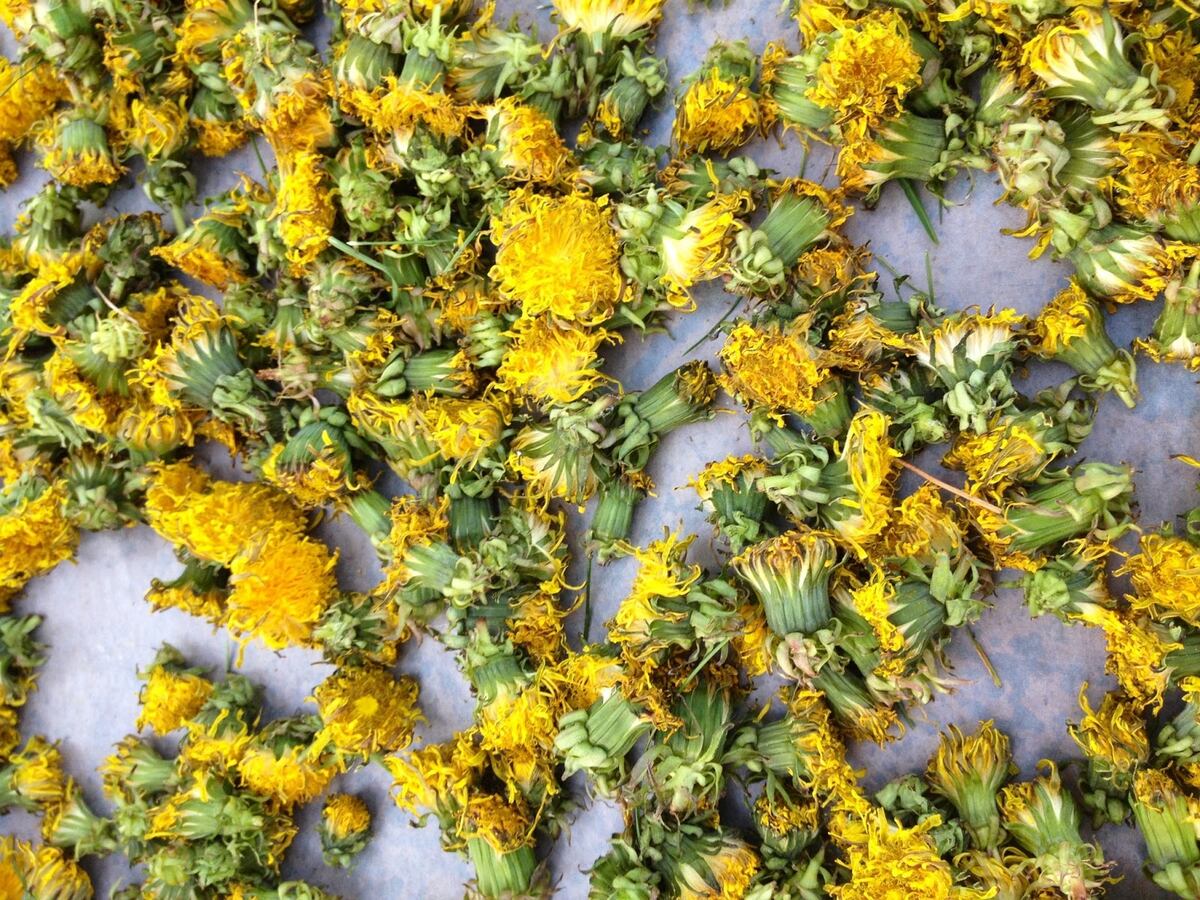
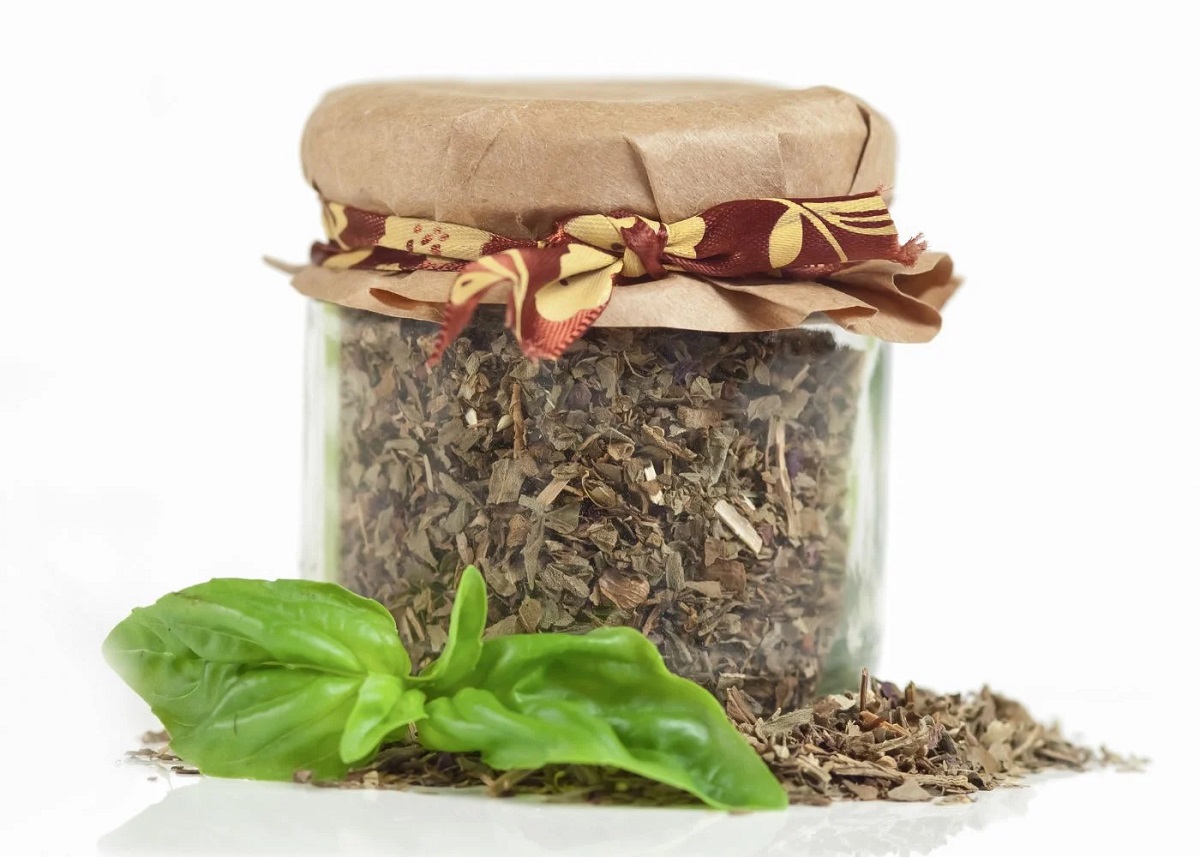
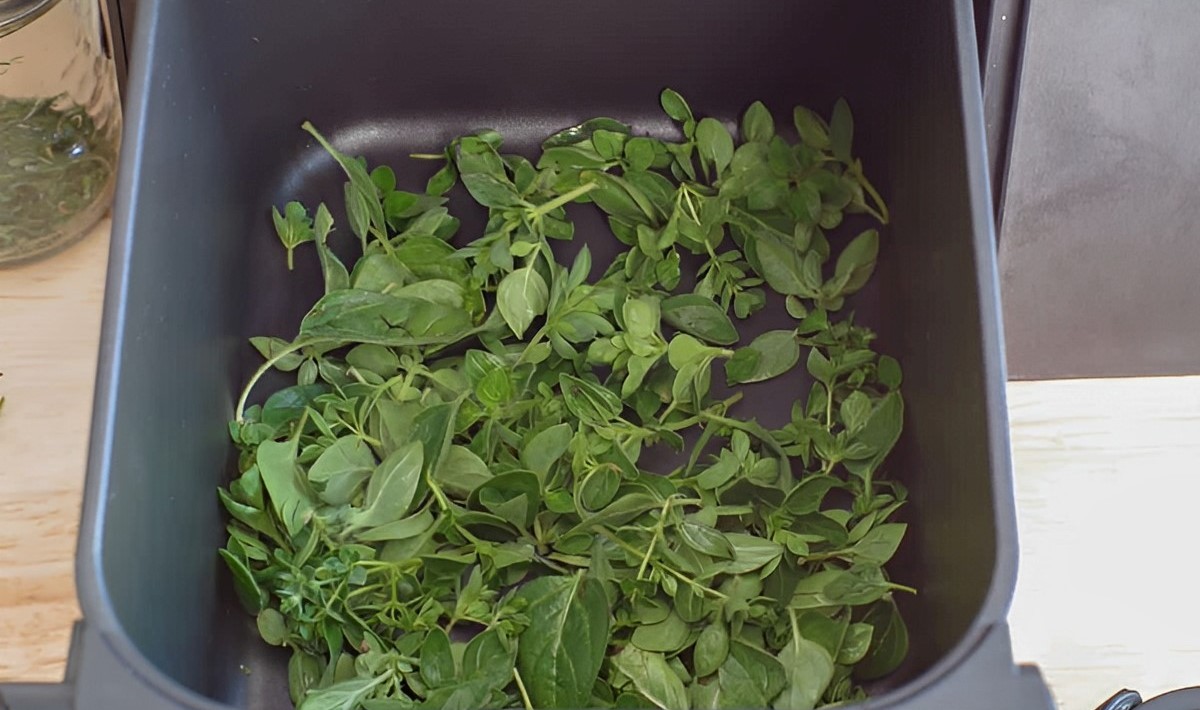
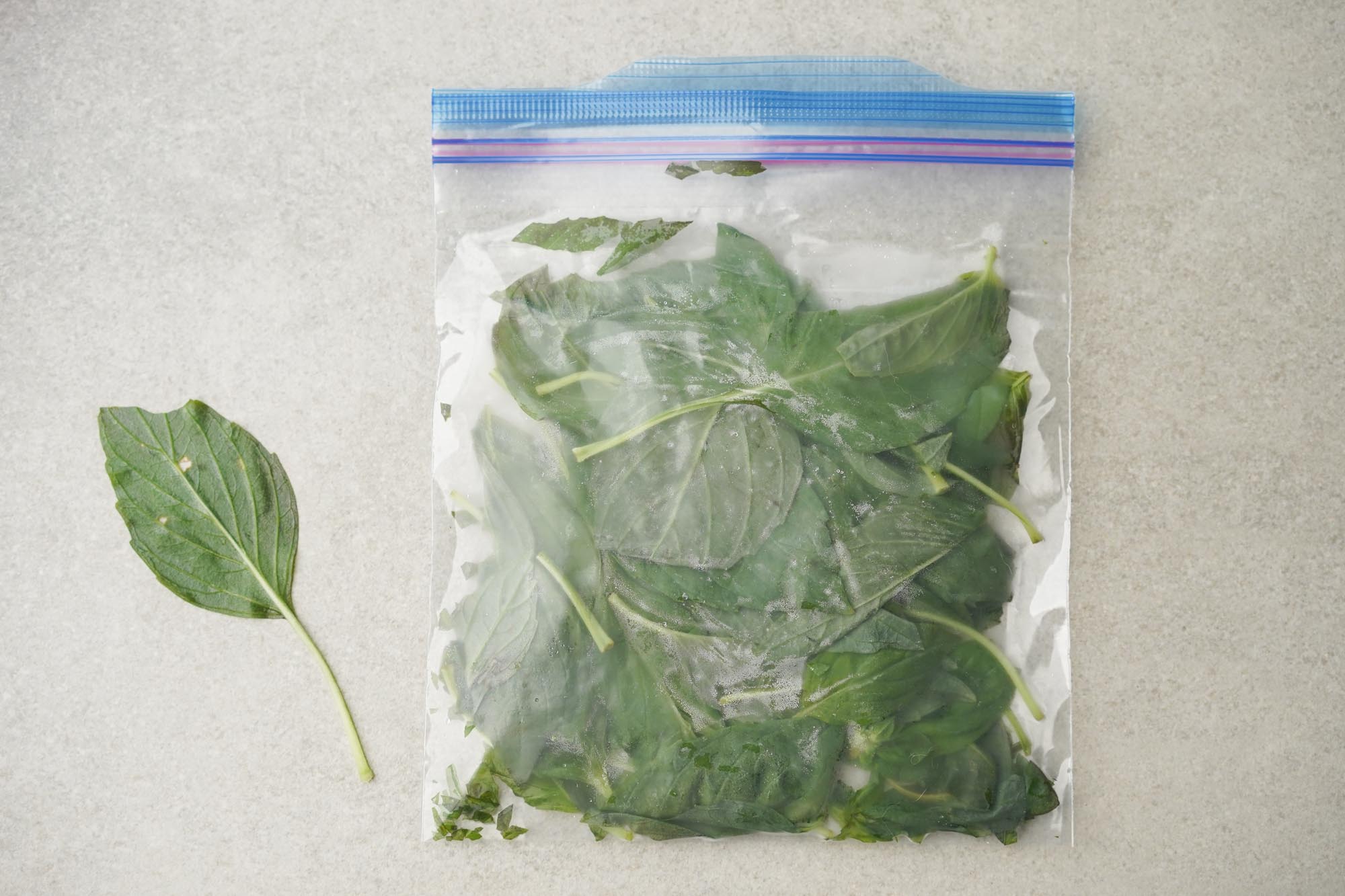

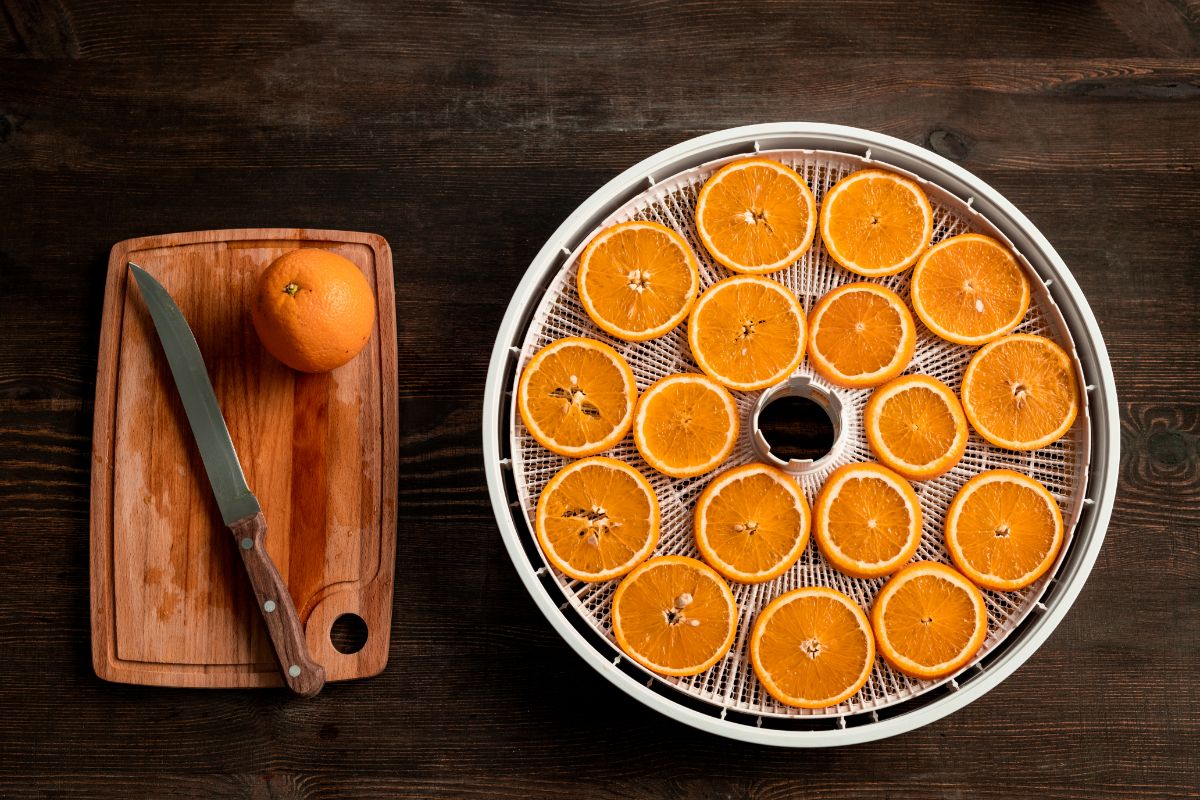
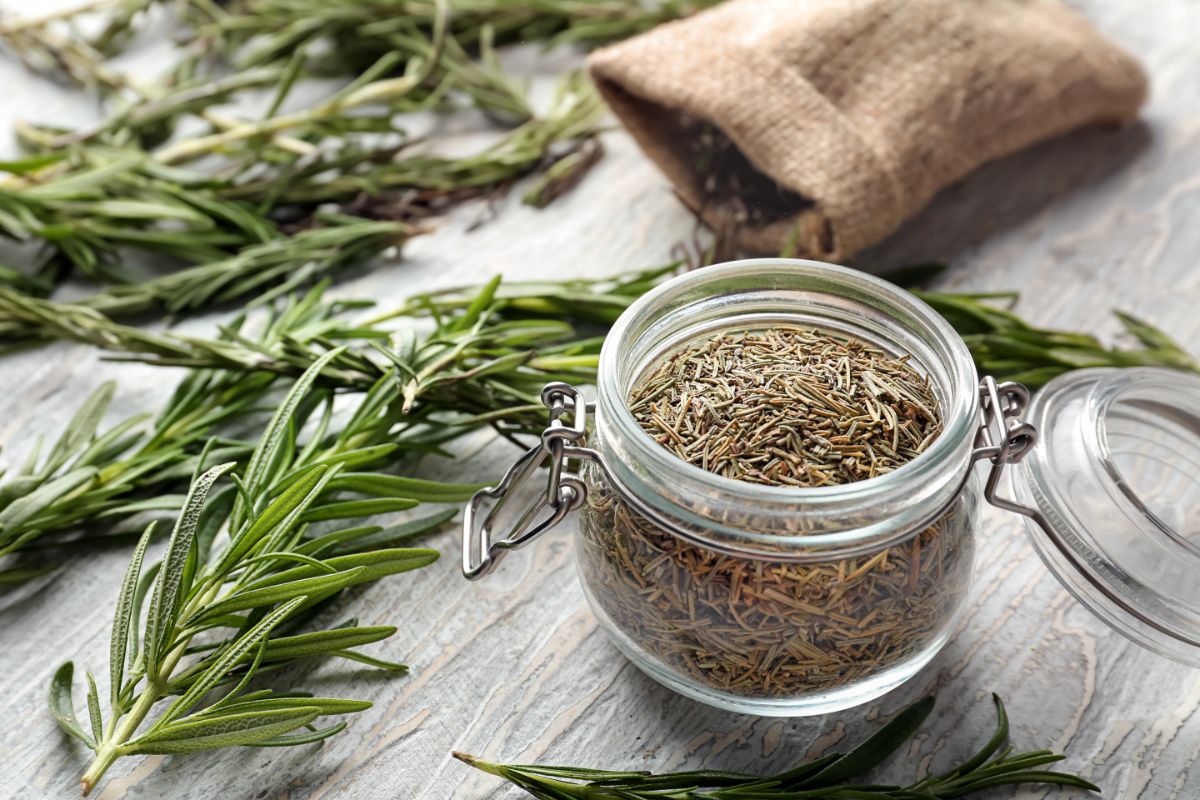
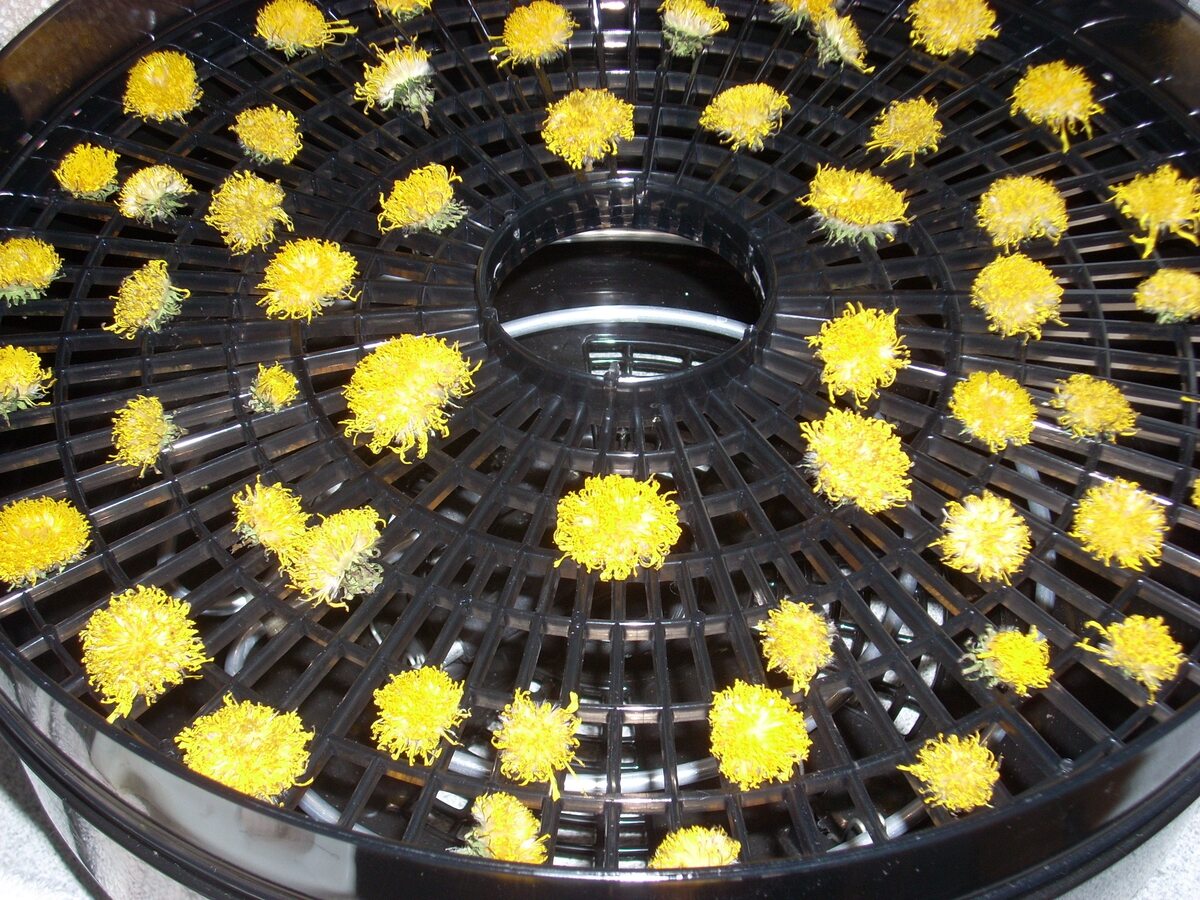
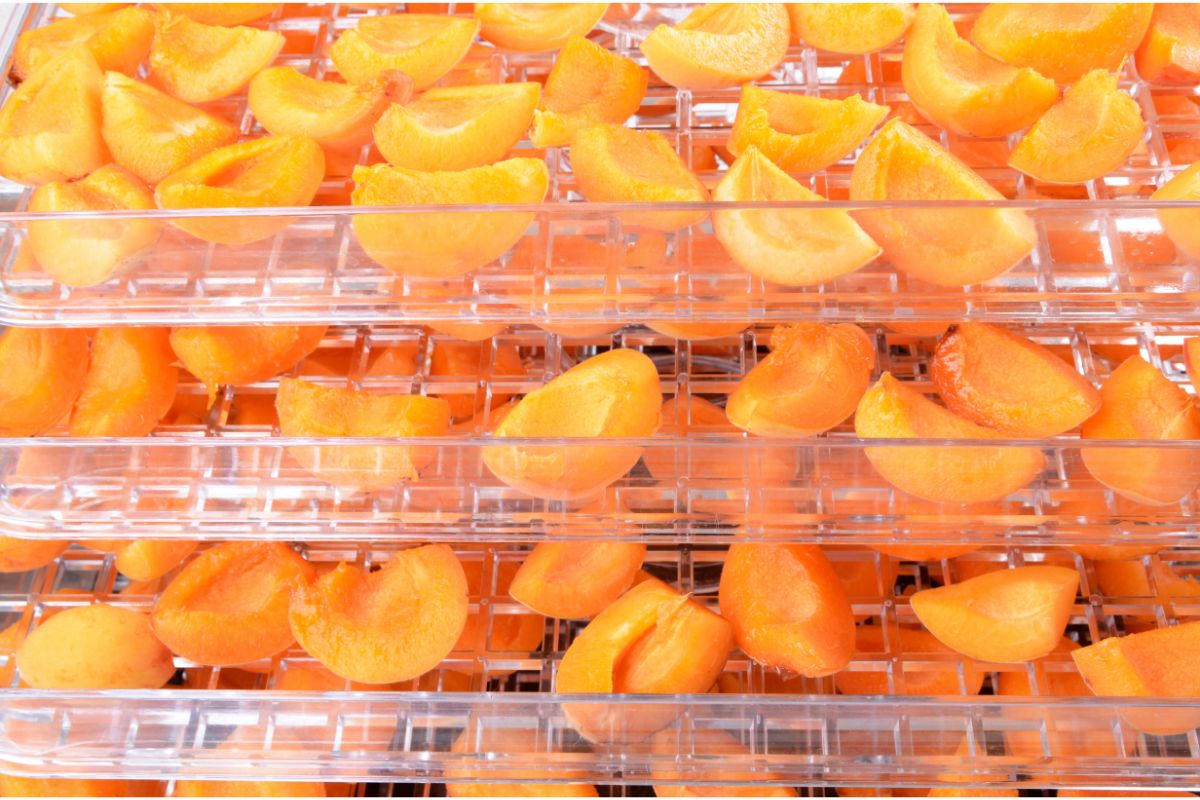
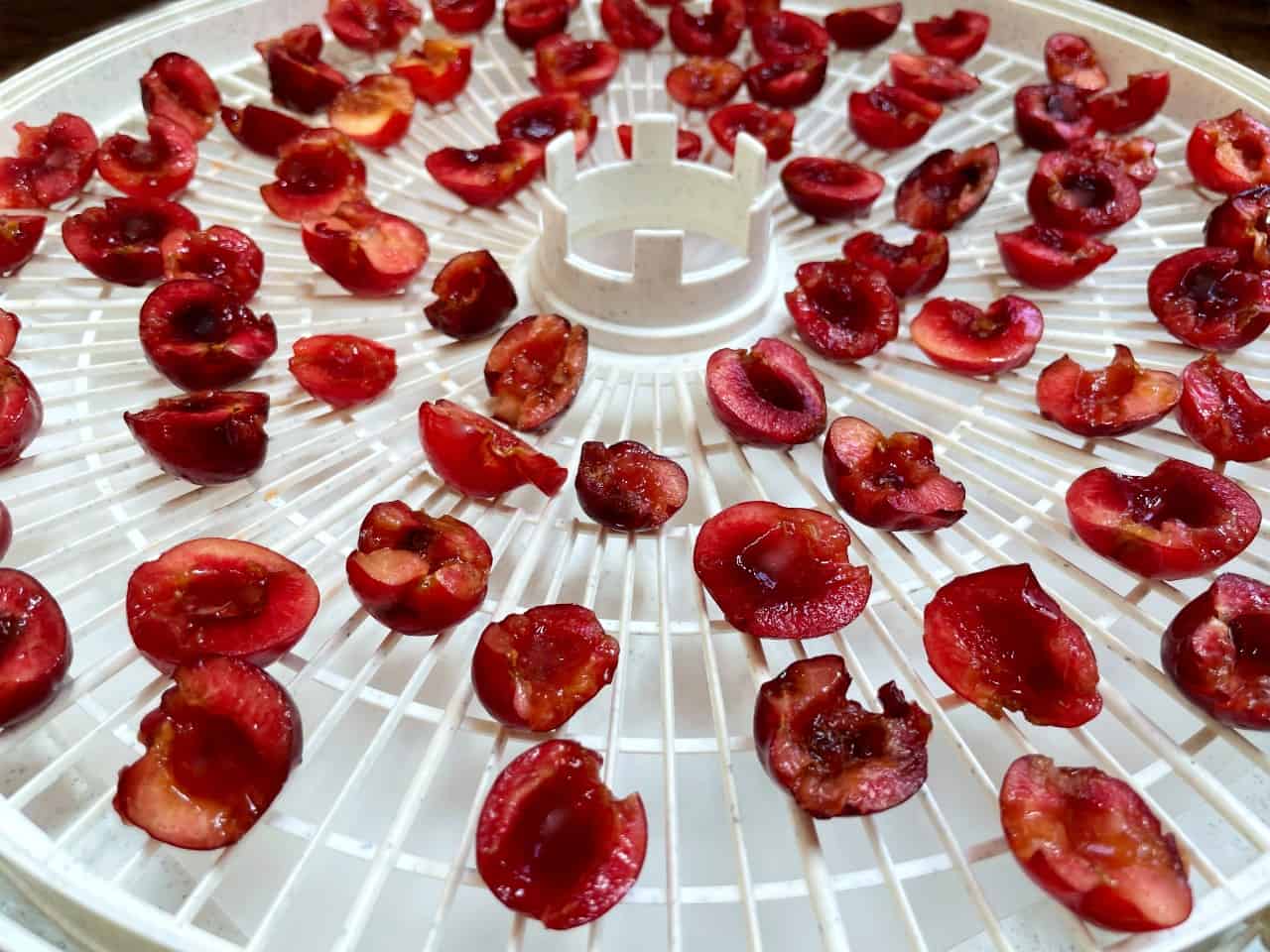
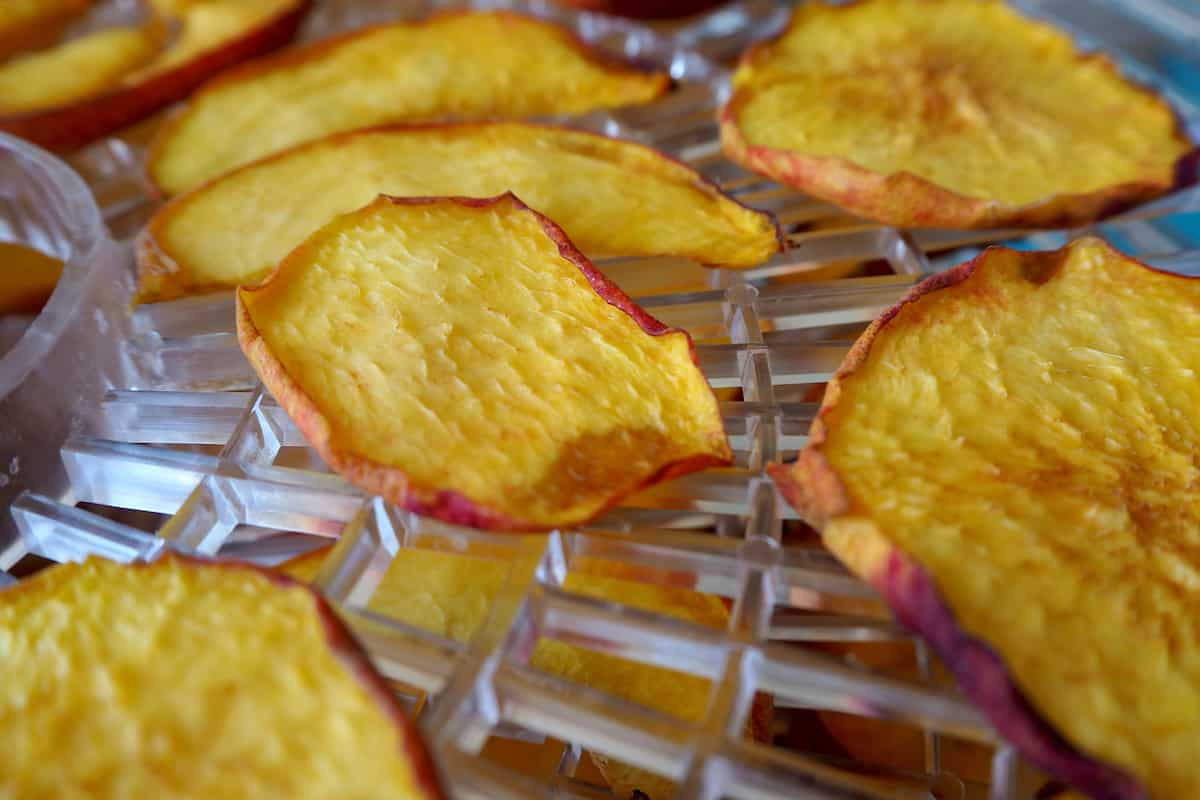
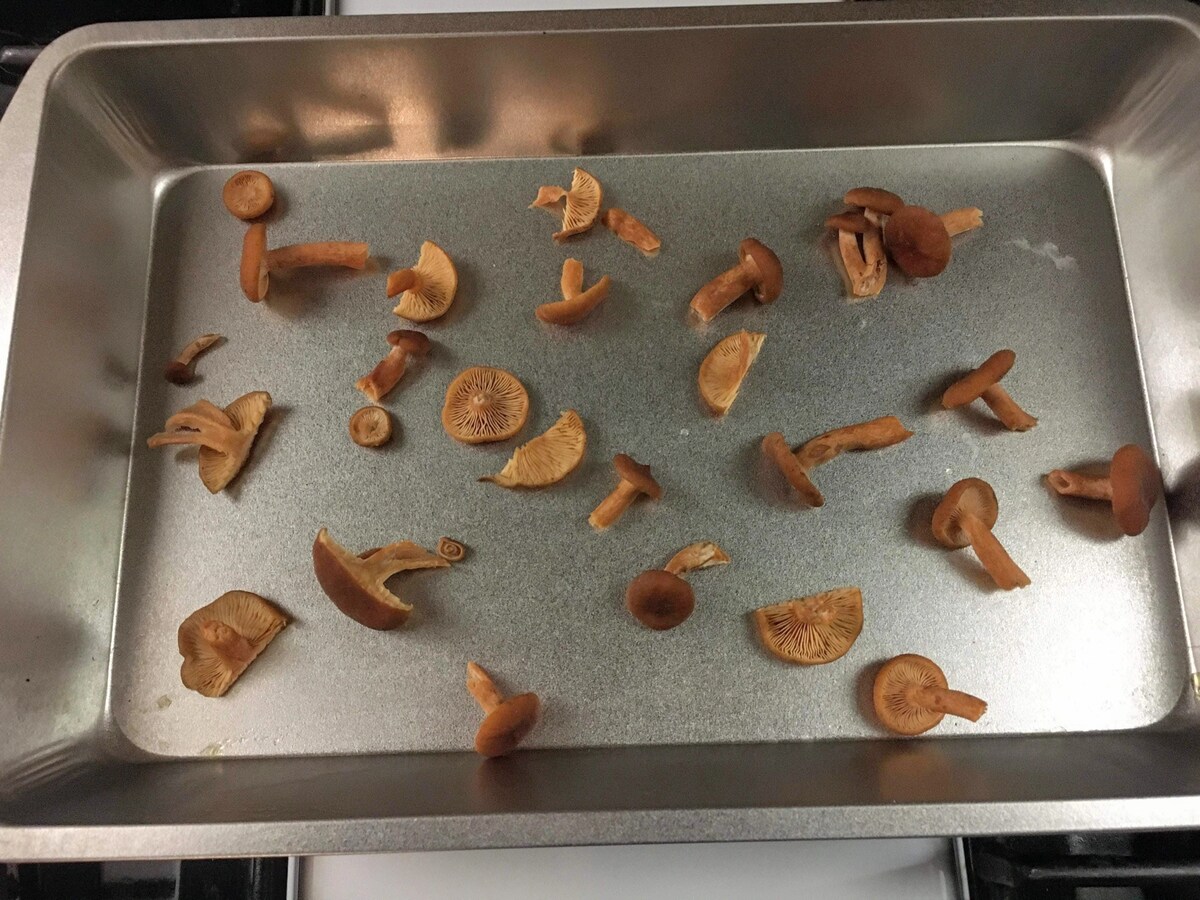
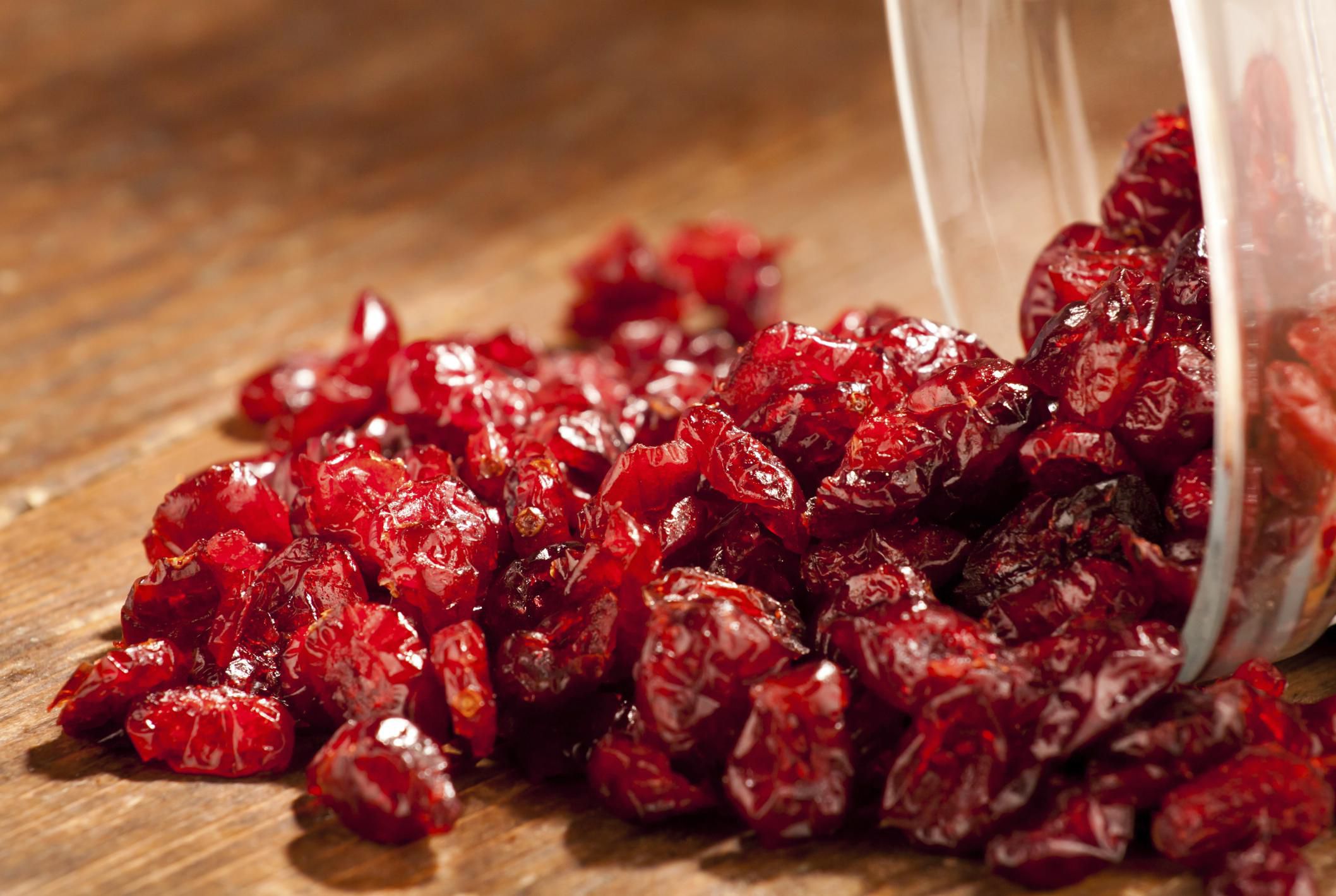
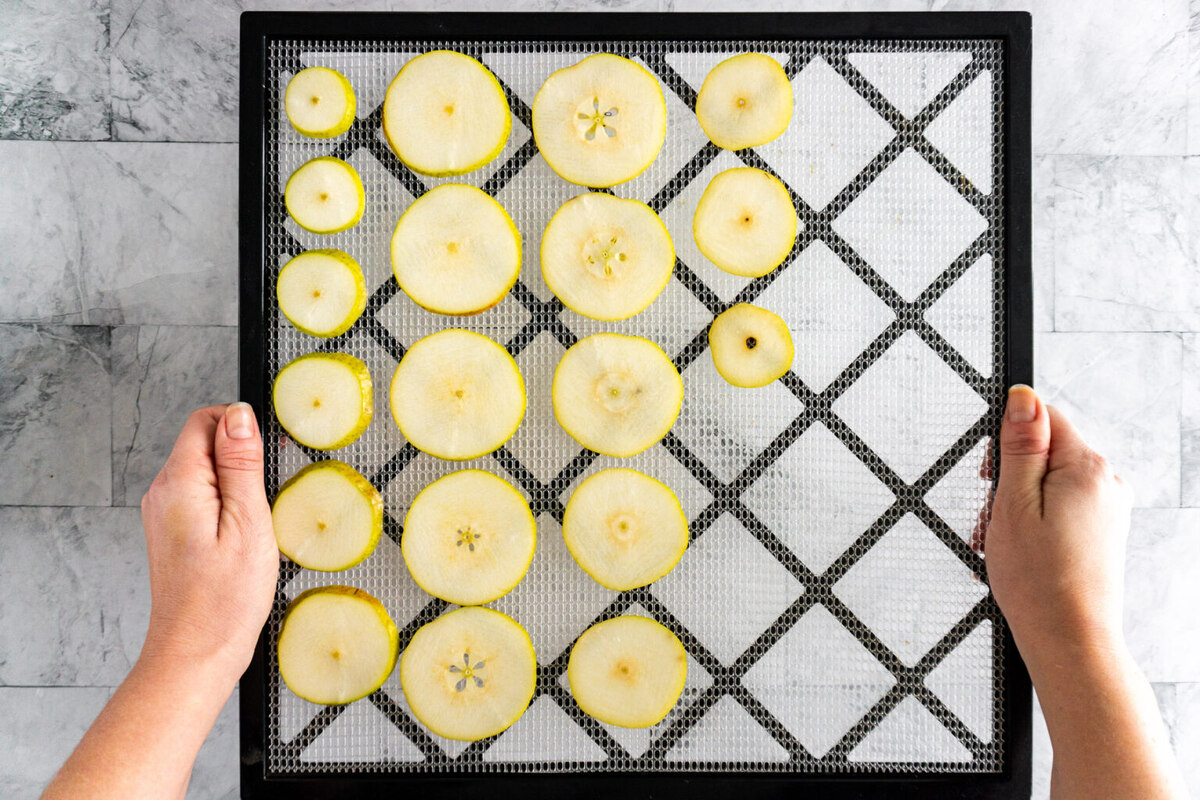

0 thoughts on “How To Dry Basil Leaves In A Dehydrator”